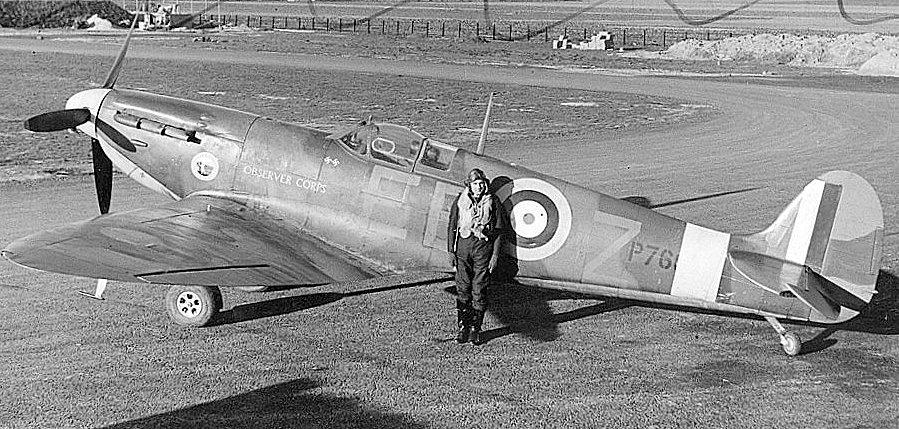European History since 1890

During the twentieth century, Europe changed more rapidly and profoundly than in any earlier period. The years from the fall of Bismarck to the fall of the Soviet Empire saw two cataclysmic world wars, the rise of new forms of charismatic leadership and totalitarian rule, mass destruction on a scale unparalleled in history, genocide and racial extermination of a systematic nature and degree previously unknown, economic depression and hyperinflation that still provide textbook examples of economic disaster, ideological conflict of a depth and bitterness seldom seen since the religious wars of the sixteenth and seventeenth centuries, and the rise and fall of fascism and communism, movements more extreme than almost any previously encountered.
The twentieth century also witnessed unprecedented progress and prosperity, astonishing technological inventiveness, the emancipation of women and the liberation of sexuality, the rise of the welfare state, the spread of democratic politics, the flowering of modernist culture, the rebellion of the young, the collapse of European empires and the growth of European unity.
Moving away from national historiographies, the paper encourages students to think of developments transnationally and comparatively across the breadth of Europe. Taking Paper 18 offers a unique opportunity to look back at the past century of European history from an informed point of view and to try to make sense of it all.
Paper 18 is always one of the most popular undergraduate papers, covering an incredibly rich period. Twice-weekly lectures guide students through the period, starting with 6 thematic lectures that cut across the century, followed by lectures proceeding chronologically through some of the major political, economic, social, and cultural changes of the period.
For further information please follow the link below.
This material is intended for current students but will be interesting to prospective students. It is indicative only.
